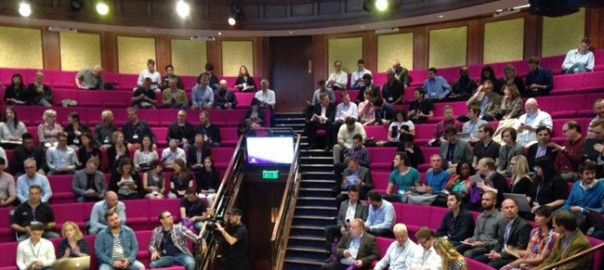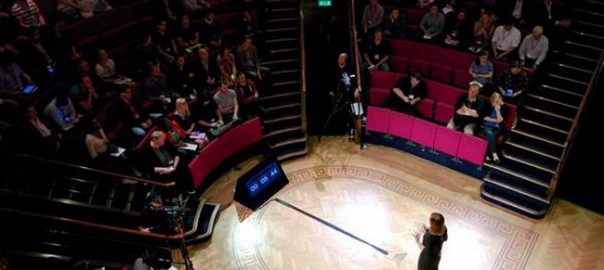Ok content strategists, here’s my roundup of the best content strategy links from the last week. Prepare to be amazed.
Ok, well, let’s not over-sell it.
How to make an audio slideshow: My step-by-step advice to students
A great reminder of the power of audio slideshows. We used to see a lot of these doing the rounds about five years ago but they’ve seemed to have dropped off the radar in recent years. Still a compelling story-telling format, especially as we move away from galleries. If you’ve spotted any great recent examples please let me know!
Responsive Website podcast: Virgin America
Karen McGrane and Ethan Marcotte have published their latest responsive design podcast. Always interesting to hear about all those internal challenges that need to be addressed in order to serve the audience a better experience.
Fifth of all UK newspaper readers only use mobile devices to access content
If you’re a newspaper and don’t have a mobile strategy, then I’d be pretty worried about the data discussed here.
Why YouTube isn’t enough for publishers
Interesting predicament for publishers – on the one hand you need YouTube to extend reach, but on the other you’re never going to command those CPMs you could via your own player. Answer? Do both…
Lessons learned from the redesign of major news sites
Great article by Ashley Nguyen. Had to agree with this particular point:
“Midway through the [redesign] process, we sought to avoid referring to the project as a redesign at all,” Bob Cohn wrote in November 2012 when he served as the digital editor for The Atlantic. “That seemed to trivialize it, suggesting a facelift or a fresh coat of paint. The goal, we realized, was more strategic than aesthetic.”
The 18 Blogs Every UX Pro Should Follow
Some old favourites here including UX Matters and A List APart…
One secret to the success of Quartz, BuzzFeed and Gawker: They look at news as a service
Matthew Ingram hits the sweet spot:
“Journalists often seem to believe that their job is to tell the reader what they think is important or relevant, rather than thinking of journalism as a service that they are providing, one in which the reader’s needs or desires are paramount, rather than the journalistic instincts of the author. Approaching news as a service or — even worse — as a product is seen as somehow beneath them.”
Meanwhile, this is a great opportunity to introduce our #fakesomenoise social media campaign Global’s brand new charity Make Some Noise.
Here’s the latest entry from our Capital FM team, please share and get involved!
Until next week…

